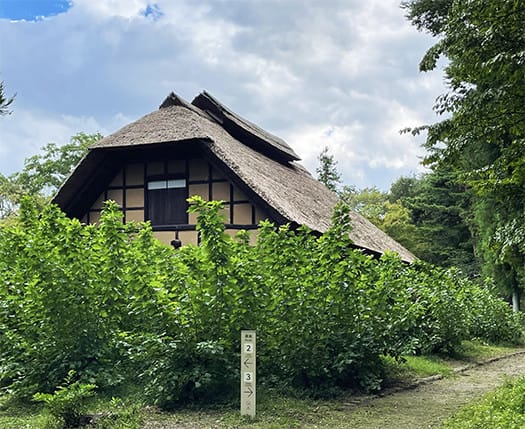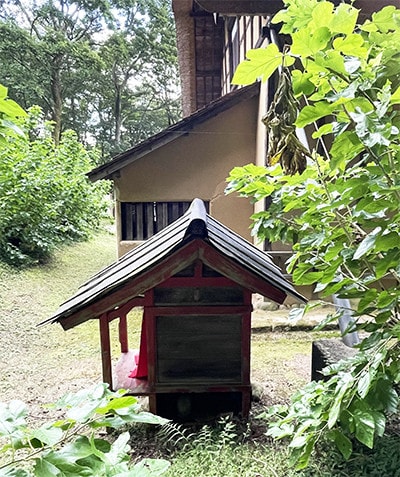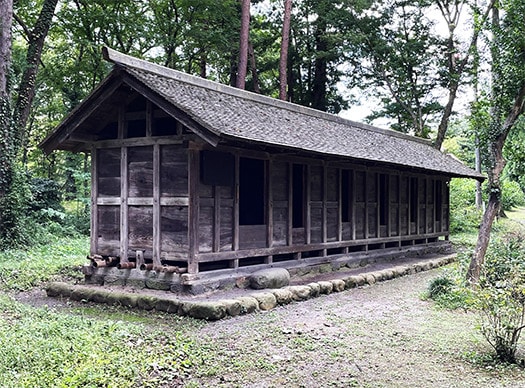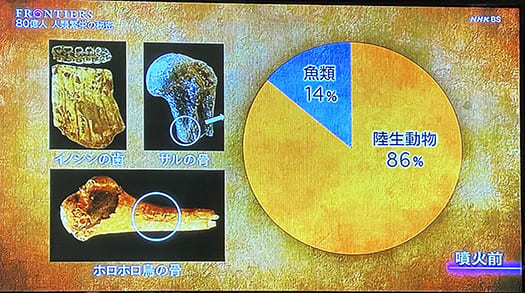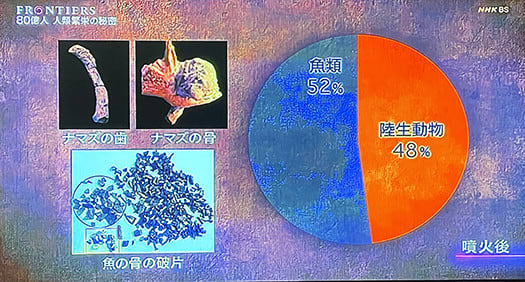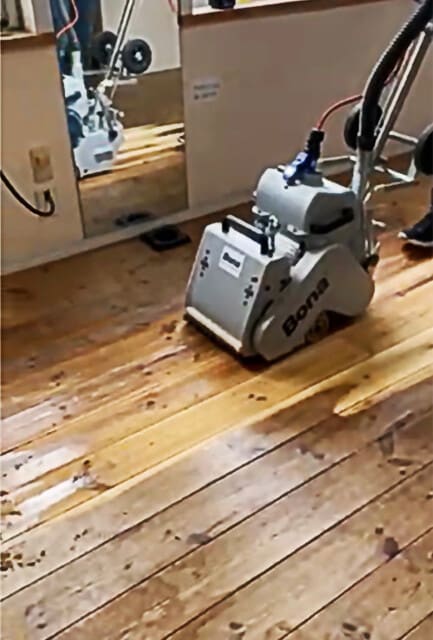
写真は本文とはまったく関係ありません(笑)。日本の宗教画の定番、天井画として一般的な龍の図柄ですね。わたしの心象願望としては、病魔退散、であります。
昨日朝、のどの違和感があって寝ていられず、早々に起き上がっていた。寝ている姿勢ではどうしてものどの違和感が昂進する。しかし眠たいので、夜中に2度ほど起きてうがいしてまた寝る⇒またのどの違和感という繰り返しでした。
まぁ最後は起きていればのどの違和感は静まるので、やむなく早めに起きていることにして、デスクワークに向かって午前中にメドを付けてから病院へ。いくつかの専門病院が集まっているビルの中、わたしの「かかりつけ医」の糖尿病専門医さんにとりあえず向かったのですが、向かいに「耳鼻咽喉科」があって数回診てもらったことがあることを思い出して、今回はこっちに直行することに。
のどの痛みということで、やはりコロナ云々の可能性・疑いへの対応で玄関に入る前にいったんは電話をして、その上で承諾されてから入室。
通常の「予約客」のみなさんの合間を見てようやく診察していただけることに。状況説明をした結果、すぐに「カメラ」での詳細診断。麻酔をしてから10分後ほどで処置されて患部の詳細な画像も見ることが出来た次第。
耳鼻科専門のお医者さんの見立てで「咽喉頭逆流症」という疾患名。「より深刻な病変、たとえば喉頭ガンなどの疑いはまったくありません。要するに胃酸の逆流症で、寝ている姿勢で発症する」との説明。あまり重度の病変ではなく、投薬などの治療で十分に改善が期待できるとのこと。
「逆流症」については身の回りの同年齢層で非常に多くのひとが発症しているので、かなり内容は聞き及んでいる。そうか、最近の体調の優れないときの原因は、この疾患に起因しているのかも知れないと類推が拡張していた。
たまたま発症前の夕食でちょっと辛めの中華の料理を食べて、その最中から鼻水がけっこう出ていたのですが、きっかけになった可能性があると気付いた。そして食後ほどなく就寝するというライフサイクルだと、より発症しやすいことも理解できた。投薬以降、けさはまったく違和感は解消されております。高齢期を迎えて、体調管理にはより注意深く対処していかねばと再度思い知らされました。ということで本日は、まったくの個人的備忘録ブログにて失礼。
一方できのうは中国で悲惨な事件、家族が付き添って登校中の日本人少年が殺害される異様な事態。戦後のニッポン社会そのものが問われるような胸騒ぎがしてきています。・・・
English version⬇
[Went to the hospital with a sore throat. Diagnosis of Reflux Disease
Many people around me suffer from this gastric acid reflux disease. It is not a more serious disease and can be treated by improving lifestyle. I will do my best to rebuild my way of life. ・・・・.
The photo has nothing to do with the text (laughs). It is a dragon, a common ceiling painting in Japanese religious paintings. My mental image of the dragon is that it is a sign of the end of illness.
Yesterday morning, I could not sleep because of discomfort in my throat and had to get up early. The discomfort in my throat is always aggravated when I am in a sleeping position. However, I wanted to sleep, so I got up twice in the middle of the night, gargled, and went back to sleep => throat discomfort again, and so on.
Well, in the end, the throat discomfort would subside if I stayed awake, so I decided to stay up early and headed to my desk to meditate in the morning before going to the hospital. I went to my “family doctor”, a diabetes specialist, in a building where several specialty hospitals are located, but I remembered that there was an ENT across the street and I had seen him several times.
I had a sore throat, so I called once before entering the front door in response to the possibility/suspicion of corona, and was then allowed to enter the room.
After I had been admitted, I entered the room and was finally able to see the doctor. After explaining the situation, a detailed diagnosis with a “camera” was made immediately. About 10 minutes after the anesthesia was given, I was able to see a detailed image of the affected area.
The otolaryngologist gave me the name of “pharyngolaryngeal reflux disease. There is no suspicion of a more serious lesion, such as cancer of the larynx. In short, it is reflux of gastric acid, and it occurs in the sleeping position,” he explained. It is not a very serious lesion and is expected to improve with medication and other treatments.
I have heard a lot about reflux disease, as many people in my age group have suffered from it. I was beginning to think that this disease might be the cause of my recent poor physical condition.
I happened to eat a slightly spicy Chinese dish at dinner before the onset of the disease and had quite a runny nose during the meal, but I realized that it could have been the trigger. I also understood that I was more likely to develop the disease if I went to bed shortly after eating. Since the medication, Kesa's discomfort has been completely resolved. I was reminded once again that I must be more careful in managing my health condition as I enter my old age. So, please excuse me for today's blog, which is a personal reminder.
On the other hand, there was a tragic incident in China yesterday, where a Japanese boy was murdered while on his way to school accompanied by his family. I am getting a nagging feeling that the postwar Japanese society itself is being questioned. ・・・・.












